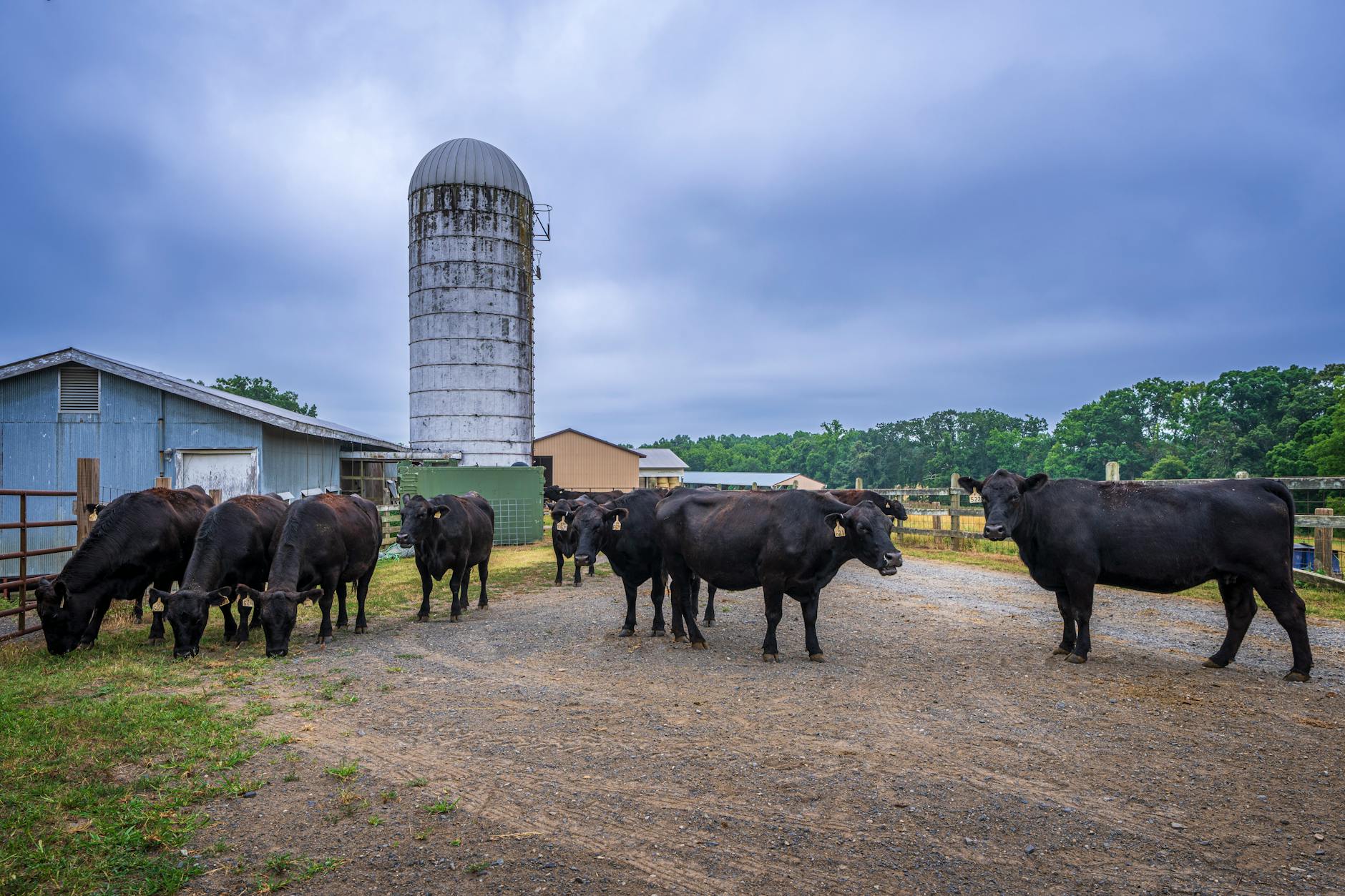Angus Beef Standards Shift: A Win for Australian Exports?
Global Market Evolution Opens New Doors for Producers
The esteemed global reputation of Angus beef, a hallmark of quality for many consumers, is on the cusp of a significant recalibration. Recent changes to the definition of Angus beef are poised to unlock new export opportunities for Australian farmers, potentially impacting supply chains and consumer perceptions worldwide. This evolution in standards reflects a dynamic global marketplace and necessitates a closer look at what these changes mean for the Australian agricultural sector.
Understanding the Shift in Angus Beef Definition
For years, the definition of Angus beef has been a benchmark for breeders and consumers alike. However, as reported by ABC Rural, a move is underway to redefine these parameters. This redefinition is not merely a semantic change; it carries tangible implications for how Australian beef is classified and marketed on the international stage. The core of the change appears to center on broader inclusion criteria, potentially encompassing a wider range of cattle that can now qualify under the “Angus” banner, even if they are not solely of Angus lineage but possess desirable Angus traits.
New Avenues for Australian Producers
The primary driver behind these changes is the desire to expand Australian beef’s reach and competitiveness in overseas markets. By broadening the definition, more Australian producers may be able to leverage the strong brand recognition associated with Angus beef. This could translate into increased demand and potentially higher prices for eligible cattle, offering a significant economic boost to farmers. The report suggests that these adjustments are aimed at aligning with international market demands and regulatory frameworks, particularly in key export destinations.
Market Dynamics and International Perspectives
The global beef industry is highly competitive, with nations constantly seeking to enhance their export capabilities. Countries like the United States and Canada have long been significant players in the Angus beef market. This redefinition by Australia could be seen as a strategic move to capture a larger share of this lucrative segment. However, such shifts in standards can sometimes be met with scrutiny from established players or consumer groups concerned about maintaining purity or specific quality markers. While the report focuses on the opportunities, it is worth noting that the long-term impact will depend on market reception and whether the perceived quality of Australian Angus beef remains consistent in the eyes of international buyers.
Potential Benefits and Challenges
The advantages for Australian farmers are clear: greater market access and the potential for increased profitability. By aligning with evolving global standards, Australia can tap into markets that might have previously had stricter definitions of Angus beef. This could lead to diversification of export markets and reduced reliance on traditional destinations. However, potential challenges may include ensuring that the broader definition does not dilute the premium image of Angus beef. Maintaining consistent quality across a wider range of cattle will be crucial. Furthermore, clear communication and education for both producers and consumers will be vital to ensure transparency and prevent any perception of misrepresentation.
What This Means for Consumers
For consumers, the redefinition of Angus beef may initially go unnoticed, particularly if quality and taste remain high. However, as the market adapts, consumers might see a wider variety of Australian beef products marketed under the Angus label. The emphasis will be on whether these products continue to deliver the eating experience that consumers associate with the Angus brand. Transparency in labeling and clear communication about the revised standards will be key to maintaining consumer trust.
Navigating the Evolving Landscape
Australian beef producers who aim to capitalize on these new opportunities should stay informed about the specific details of the redefined standards and any associated certification processes. Understanding the requirements for market access and ensuring compliance will be paramount. Engaging with industry bodies and agricultural organizations can provide valuable guidance and support during this transition. Monitoring market trends and consumer feedback in key export markets will also be essential for long-term success.
Key Takeaways:
- The definition of Angus beef is undergoing changes to boost Australian export opportunities.
- Broader inclusion criteria aim to make more Australian cattle eligible for the Angus market.
- This move could enhance profitability for Australian beef farmers.
- Maintaining consistent quality and consumer trust will be critical for long-term success.
- Producers should stay informed about new standards and market demands.
Looking Ahead:
The redefinition of Angus beef standards is a significant development for the Australian agricultural sector. Its ultimate success will hinge on a delicate balance between expanding market reach and upholding the quality and reputation that the Angus brand commands. The coming months and years will reveal how effectively Australian producers adapt to these changes and how international markets respond.














